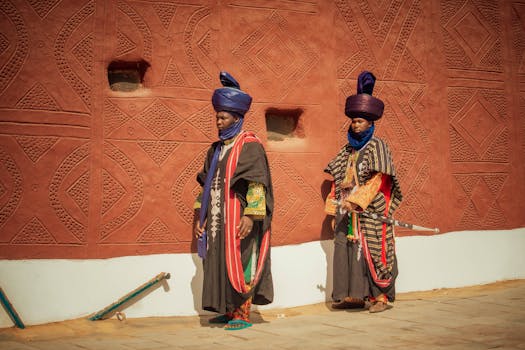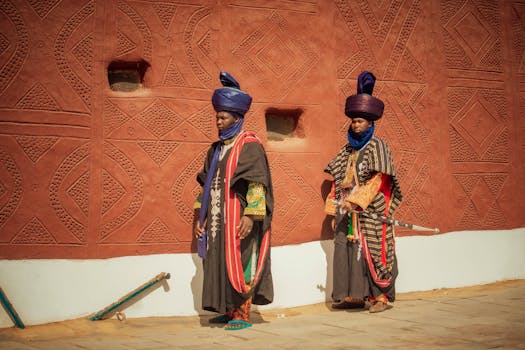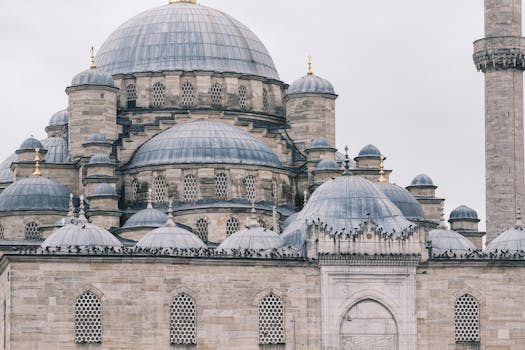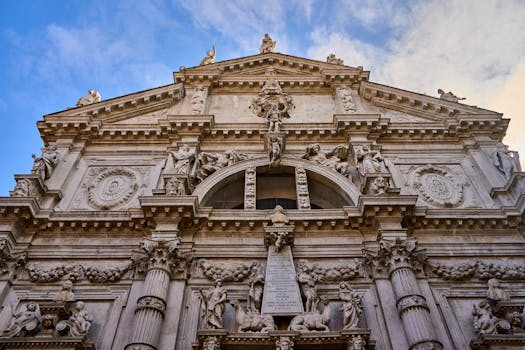
In the early 20th century, Western art underwent a dramatic transformation known as modernism, characterized by a break from tradition and a quest for new forms of expression. An oft-overlooked source of inspiration during this time was African art.
1. The Prelude to Modernism: Cultural Exchange

The interest in African art began as Western artists sought alternative narratives outside traditional European aesthetics. Colonial expansion brought Westerners into contact with African cultures, resulting in a cultural exchange that had profound implications for art. Artists began to collect African masks and sculptures, fascinated by their unique aesthetics and spiritual significance.
2. Key Figures and Their Influences

Many renowned Western artists were profoundly influenced by African art, leading to the birth of various movements within modernism. Pablo Picasso, for instance, is famously linked to the early 20th-century style of Cubism, which was significantly inspired by African tribal masks that emphasize geometric forms and distorted perspectives. Other artists like Henri Matisse and Amedeo Modigliani also drew heavily from these influences, using the bold colors and symbolic representations found in African art to enhance their work.
3. Elements of African Aesthetics in Modernism

A distinctive feature of African art that influenced modernism is its approach to form and symbolism. Rather than adhering to realistic portrayals, African artists often prioritized expressive forms and cultural symbolism. This divergence encouraged Western artists to experiment with abstraction and expression, marking a significant departure from previous artistic conventions.
Additionally, the storytelling aspect prevalent in African art resonated with modernist ideals where emotion and experience held more weight than strict realism. The incorporation of African motifs not only broadened the artistic lexicon but also brought narratives and practices devoid of Eurocentric perspectives to the forefront of modern art.
4. ExOtisim and Primitivism in Art Movements

The influence of African art gave rise to the concepts of primitivism and exoticism in the modernist art world. Artists saw African artistry as a gateway to explore untouched and raw human creativity. Museums in Europe and America began acquiring African pieces, further increasing the reverence held for these transcontinental dialogues. This interest also played a critical role in acknowledging and sometimes misconstruing African cultures and identities within Western paradigms.
5. The Ongoing Legacy

The ripple effects of African art on Western modernism can still be seen in contemporary art and cultural discourse today. Current artists continue to explore and highlight indigenous identities, promoting a broader conversation about cultural appropriation and ownership in art. Furthermore, today’s art world is rich with diverse voices, largely spurred by the earlier embrace of African aesthetics in Western spaces. This blend and evolution of influences suggest an ever-expanding lineage rather than a simple influence; it reflects a mutual dialogue about art and identity across cultures globally.






